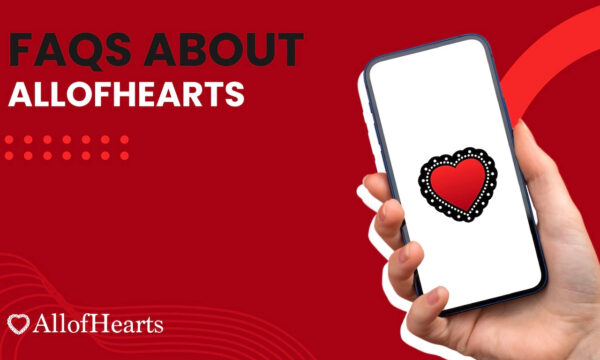IV drips: Separating fact from fiction

IV drips have recently seen a surge in popularity, appearing frequently in everyday life and across social media. The rise is understandable. These treatments are associated with rapid hydration, enhanced energy, improved skin appearance, and even detoxification. While IV drips may offer certain genuine benefits, the procedure is also surrounded by claims that range from overstated to entirely inaccurate. With this in mind, the following explores several common misconceptions about IV therapy and examines its actual potential based on medically supported evidence.
Myth 1: IV therapy is completely safe
Yes, IV therapies are generally safe to undergo. However, the safety of the procedure relies heavily on the setting in which it is administered. These drips are only considered safe when delivered in a clinical environment by trained professionals. It is essential to avoid beauty salons and so-called “Drip Bars,” as such providers are typically unqualified, often neglect basic care standards, and promote non-personalised formulations. Receiving treatment from such venues presents a significant safety risk and should be avoided entirely. Those seeking IV drips in London should look for clinics that maintain sterile conditions, tailor treatments to individual needs, offer post-treatment monitoring, and take medical history into account.
Myth 2: IV drips detox the body
Celebrity endorsements of IV drips and their so-called detoxifying properties are increasingly visible, though the physiological reality is more nuanced. These treatments do not actively eliminate toxins themselves; rather, they provide nutrients that support the body’s natural detoxification processes, primarily carried out by the liver, kidneys, and skin. Compounds such as glutathione – an antioxidant commonly included in IV blends – may help reduce oxidative stress and aid these organs in functioning efficiently.
It is important to recognise, however, that IV therapy is supplementary by nature. Without an underlying routine of balanced nutrition, adequate hydration, and sufficient rest, its effects are unlikely to be lasting or effective.
Myth 3: More vitamins = Better health
It is easy to assume that the greater the intake of vitamins, the more protected the body will be against health issues. In reality, more is not always better, and the body has clear limits when it comes to nutrient absorption. An excess of any vitamin, from A to K, can result in toxicity and cause long-term damage to vital systems.
When receiving vitamins through IV drips, personalised care remains essential. The first step should always involve identifying deficiencies through blood tests or other diagnostic methods. From there, a certified clinic can customise the formulation according to specific requirements. This approach minimises the risk of overdosing and ensures the body receives only what it can effectively process.
Myth 4: You don’t need IV drips if you simply eat well
A balanced diet is fundamental to overall health, but when nutrient absorption is compromised, even the best dietary choices may prove insufficient. Several factors can contribute to this issue – persistent stress, frequent travel, and high-intensity exercise can deplete nutrient reserves more rapidly than they can be restored. Similarly, conditions such as irritable bowel syndrome or food intolerances may hinder effective digestion.
IV drips were originally developed to deliver nutrients directly into the bloodstream, bypassing the digestive system to enable more rapid and efficient absorption. This method of delivery offers targeted support in situations where conventional intake may fall short, particularly for individuals experiencing chronic fatigue, gastrointestinal disturbances, or consistently demanding routines.
Myth 5: IV drips instantly give an energy boost
IV therapy is frequently promoted for its potential to deliver immediate revitalisation. While some individuals do experience noticeable effects after a single infusion, outcomes can vary widely. For those experiencing dehydration or vitamin deficiencies, one session may offer marked improvement. Conversely, those already in good health may require more time before perceiving any tangible benefits.
Regardless of initial response, IV drips can contribute to improved wellbeing. However, their effects are best supported by long-term adjustments to lifestyle, including better sleep, blood sugar regulation, and stress management. Rather than serving as a standalone solution, IV therapy is most effective when integrated into a broader wellness strategy that prioritises sustainable habits and recovery.
Are IV drips worth it?
The common thread tying these myths together is that IV drips, when used with intention and plan, can be of immense benefit to nearly anyone. Understandably, what benefits are gained depends on the individual’s health profile. That is why proper evaluation and a realistic understanding of IV therapy’s potential are of critical importance. At the end of the day, IV drips are simply tools that can be helpful when used correctly. As this treatment continues to gain traction, it is essential to ask difficult questions and seek evidence-based care.
The smartest starting point is to first get the green light from a GP familiar with the individual’s medical history. Then comes consultation with a certified clinic. A good practitioner will assess symptoms, perform relevant tests, and only recommend the therapy if tangible gains are likely. The best results come from personalised care, honest advice, and decisions rooted in science.
The editorial unit
The material contained in this article is of the nature of general comment only and does not give advice on medical or any particular matter. Recipients should not act on the basis of this article’s information without taking appropriate professional advice.

























Facebook
Twitter
Instagram
YouTube
RSS